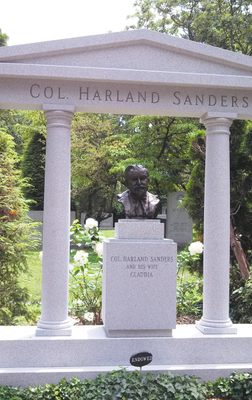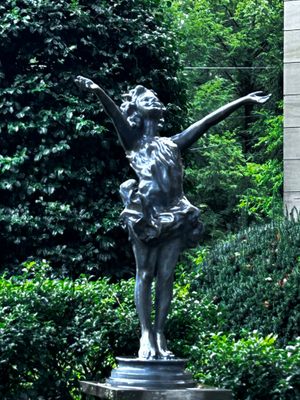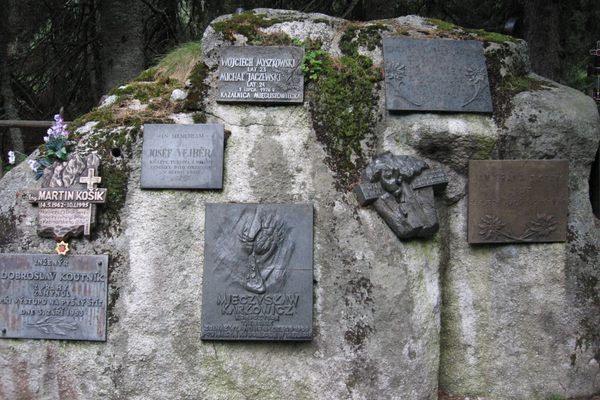About
Holding the bodies of a number of influential Americans, Cave Hill Cemetery, a 296-acre Victorian cemetery came to be almost by accident.
The site, which was originally part of a local farm was purchased in 1848 with the intention of quarrying the local stone from the titular cave. In the ensuing years, the brick house on the property (the oldest one in Louisville) became the city's "pest house," a site where people suffering from contagious diseases would be housed. As one might expect, this brought with it a fair amount of death.
As garden cemeteries were all the rage in Victorian-era America, when the city finally founded the Cave Hill Cemetery it just sort of followed the trend, helped along by a designer who worked to incorporate the contours of the surrounding land into the flow of the site.
Since dying was almost its own trend in the late 1800s, the cemetery grew quickly and became the final resting place of a number of influential Americans, including:
George Rogers-Clark - A soldier from Virginia and the highest ranking American military officer on the northwestern frontier during the American Revolutionary War.
Nicola Marschall - He designed the original Confederate flag, the Stars and Bars, as well as the official grey uniforms of the Confederate Army.
Enid Yandell - An American sculptor who studied with Auguste Rodin and Frederick William MacMonnies. The sculpture collection at Speed Art Museum (Louisville, KY) includes a large number of her works in plaster.
Jeptha Barnard Bright, Jr - Better known as Barney Bright, was a sculptor from Louisville, KY and is best known for his work on the Louisville Clock.
Not to mention magician Harry L. Collins and KFC's Colonel Sanders himself.
Today the Cave Hill Cemetery is the largest cemetery in the city by both area and number, and is listed in the National Register of Historic Places. Not to mention that it is simply a peaceful and beautiful place for meditation or death.
Related Tags
Community Contributors
Added By
Published
October 8, 2014





































































































